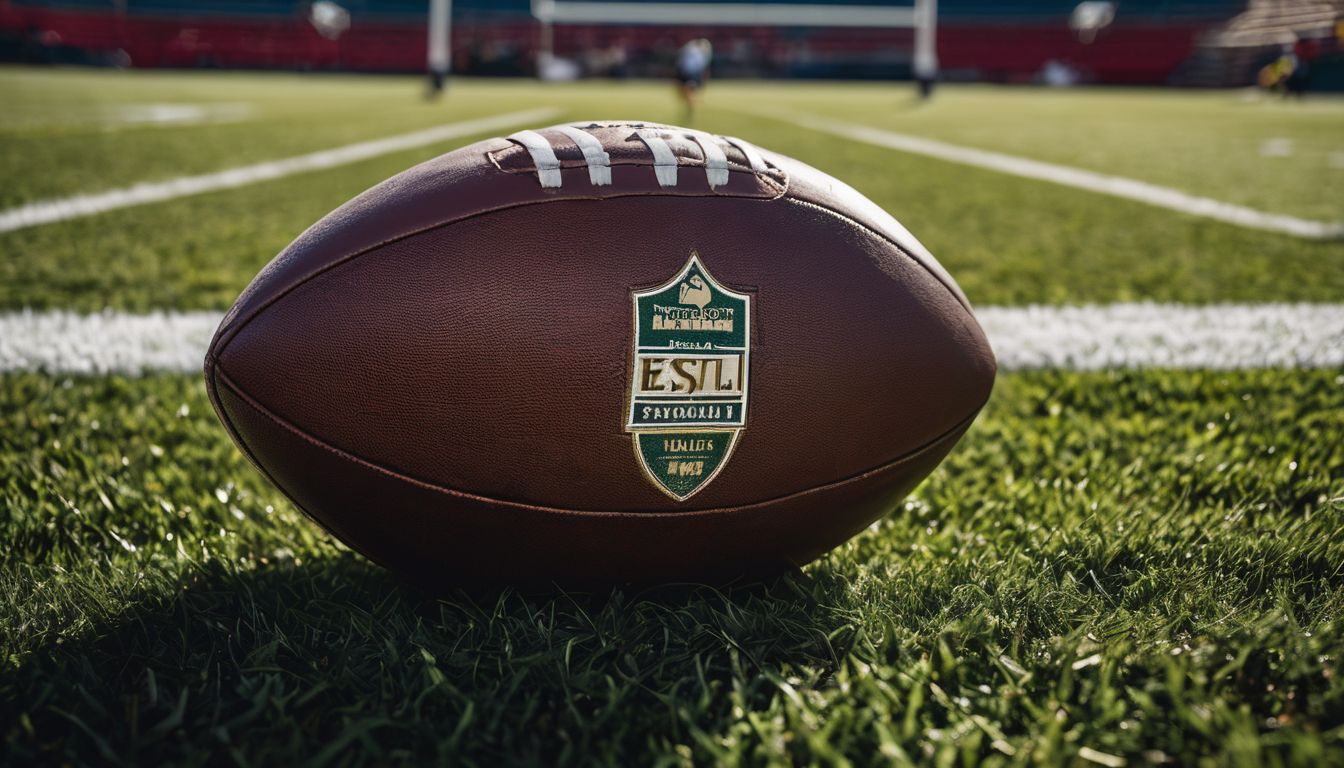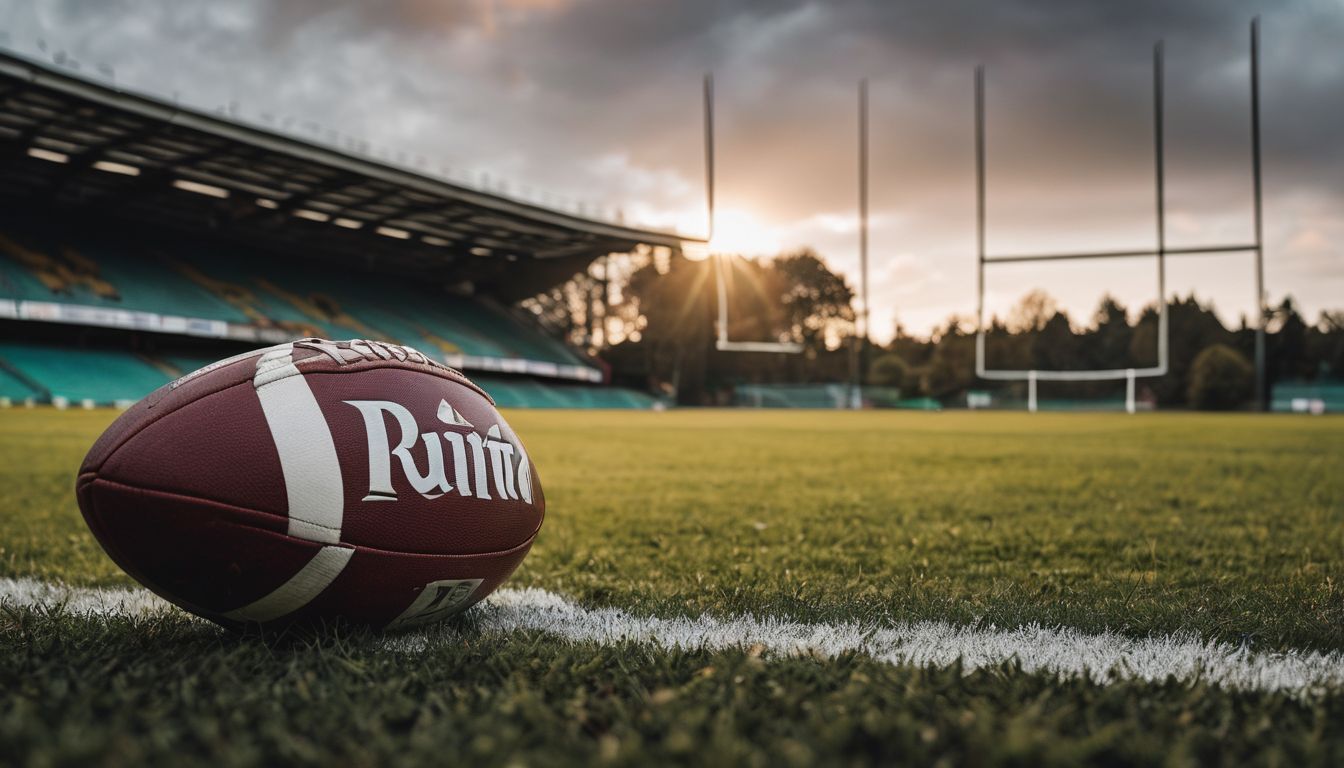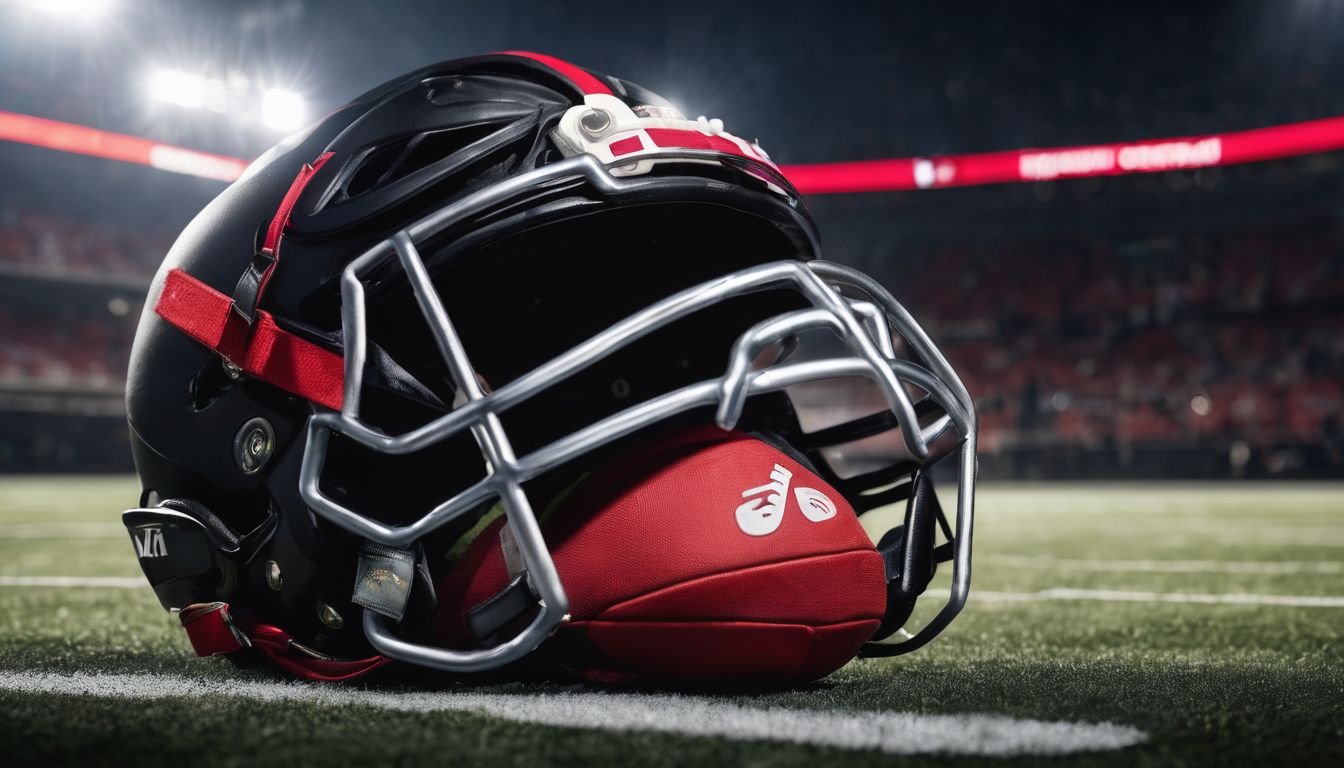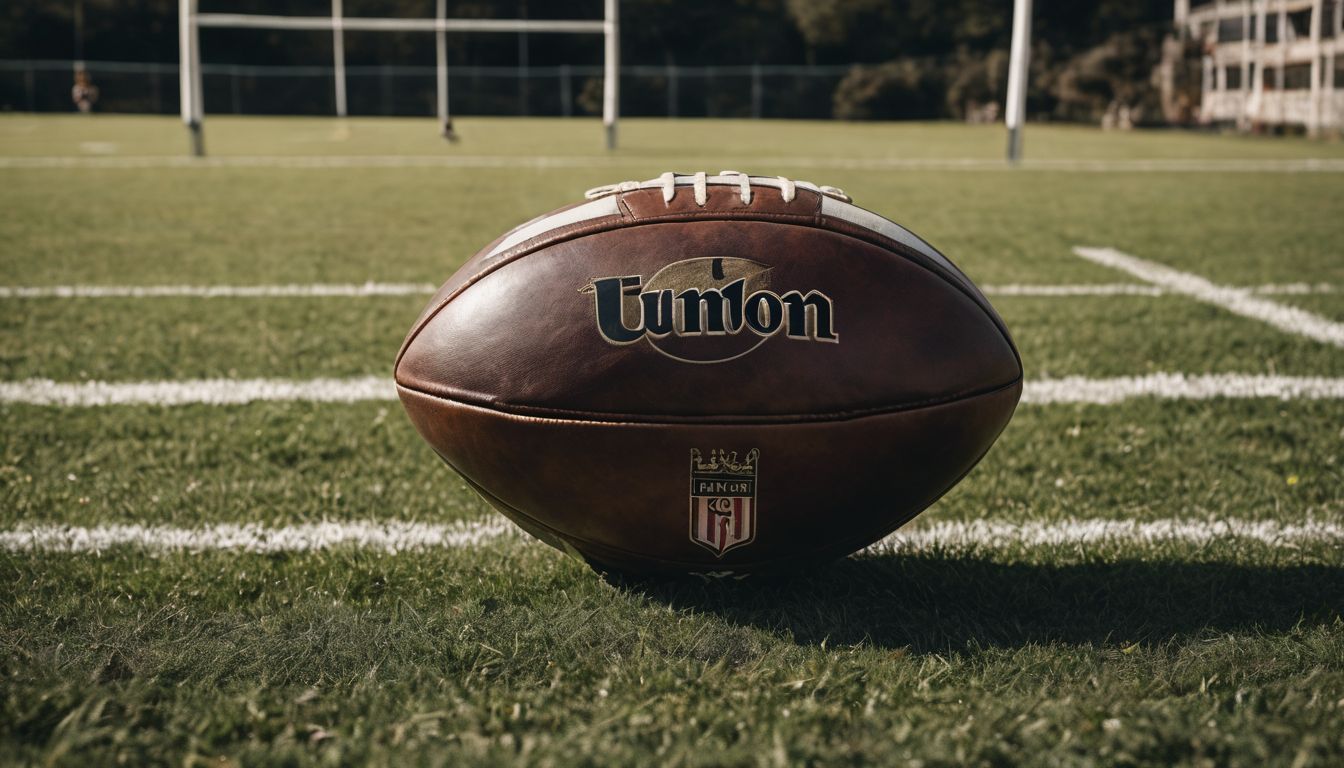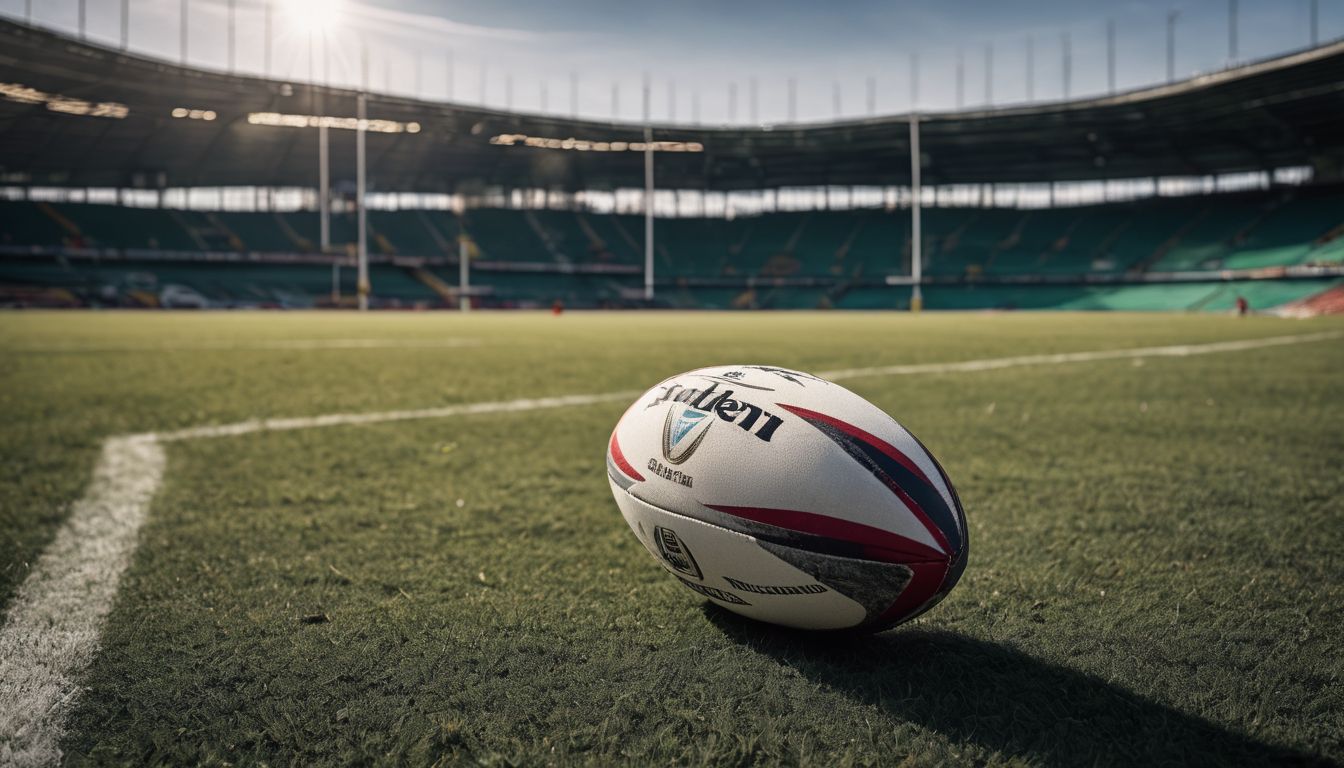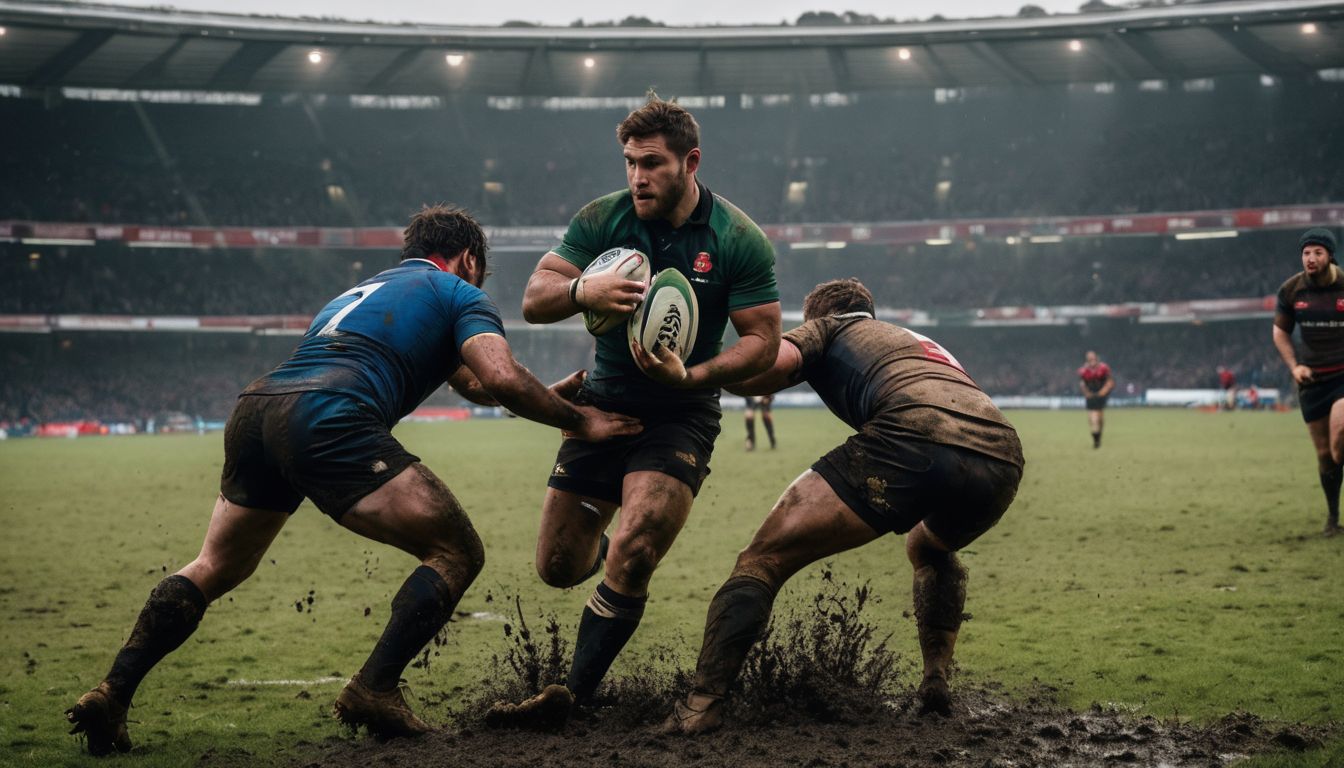Rugby’s heart beats with every powerful tackle and strategic move on the field. The blindside flanker, an essential forward position, is a force that cannot be ignored. Today you’ll discover their pivotal role and impact in shaping the game you love.
Get ready to meet rugby’s unsung heroes!
Key Takeaways
- The blindside flanker is positioned on the less crowded side of a scrum or lineout, wearing jersey number 6 or 7, to defend and make strong tackles.
- Blindside flankers must be physically robust and possess both agility for quick defensive manoeuvres and strength for powerful offensive plays.
- These players are responsible for creating space through their physical play, which helps their teammates exploit gaps in the opposition’s defence.
- Famous blindside flankers like Richard Hill and Jerry Collins have set high standards for this role with their notable defensive skills and game-changing impacts.
- Being a back row player, the blindside flanker connects forwards with backs during gameplay while focusing on minimising scoring opportunities by the opposing team.
Understanding the Role of a Flanker
The flanker is a key defensive player in rugby, responsible for disrupting the opposition’s attacks and supporting their own team’s ball carriers. There are two types of flankers – openside and blindside – each with different roles on the field.
Definition of flanker
Flankers in rugby are the dynamic workhorses of the forward pack, playing crucial roles on both offense and defense. They make their presence felt across the rugby field with high energy levels, ensuring effectiveness in scrums, lineouts, and open play.
Typically wearing jerseys numbered 6 or 7, flankers pack down on either side of the scrum — blindside flankers taking position closest to the touchline with an eye for short-side plays while openside flankers rove widely to exploit spaces and freedom.
Each team relies on these back row players to exhibit strength and agility as they charge into tackles or sprint towards a breakdown. Blindside flankers boast physical power suited for intense confrontations with opposing ball carriers whereas their openside counterparts typically display speedier reaction times for making game-changing plays.
Their relentless drive adds depth to offensive strategies as well as tightens up defensive lines against any attempts at line breaks by opponents.
Different roles of flankers (openside, blindside)
- The openside flanker is positioned towards the side of the scrum where there is more space available, allowing them to cover ground quickly and support ball carriers.
- Conversely, the blindside flanker anchors down a defensible position at the side of the scrum with fewer players, focusing on defending any short-side moves and making impactful tackles.
- The openside flanker often serves as a link between forwards and backs due to their ability to cover ground swiftly, while the blindside flanker excels in physicality and plays a crucial role in scrums and lineouts.
- Openside flankers frequently disrupt opposition set pieces with their speed and agility, while blindside flankers excel in driving back players from opposing lineouts and defending against short-side attacks.
- While both positions require strength and tactical acumen, openside flankers maximise their agility to exploit gaps in the opposition’s defence, whereas blindside flankers thrive on engaging in fierce physical contests.
What is the Blindside Flanker?
The blindside flanker is a key player in rugby, positioned on the weak side of a scrum or lineout. They need to be physically strong and possess good defensive skills.
Definition and position on the field
The blindside flanker is a crucial position in rugby, playing at number 6 or 7. This player lines up on the side of the scrum that has fewer players and must defend the short/blind side during scrums.
Their physicality is essential for making big tackles against opponents and creating opportunities for their team.
In addition to positioning themselves strategically, the blindside flanker plays an important roll in lineouts, defensive formations, and tackling opposition’s ball carriers.
Physical attributes and skills required
The blindside flanker needs to be strong, agile, and robust. Their physical attributes play a crucial role in their performance on the field. With the responsibility of making big tackles against the opposition’s strongest ball carriers, they need to possess strength and power.
Additionally, speed and agility are essential for covering ground quickly during defensive plays or breaking through gaps when carrying the ball in attacking situations.
An excellent sense of timing is also critical for a blindside flanker. They must have an intuitive understanding of when to commit to a tackle or make a break with the ball. Moreover, keen tactical awareness allows them to anticipate plays and react swiftly in both defensive and offensive scenarios.
The Importance of the Blindside Flanker
The Blindside Flanker is crucial in creating space for other players and disrupting the opposing team’s defense. They play a key role in defensive plays and are essential to a team’s overall strategy.
How they create space for other players
The blindside flanker’s physical presence and ability to attract defenders create space for their teammates. By drawing in opponents with powerful runs and hard-hitting tackles, the blindside flanker opens up opportunities for other players to exploit gaps in the defense.
Their strong defensive play forces the opposition to commit more defenders, leaving fewer players to cover the rest of the field. This creates opportunities for attacking players to find space and make strategic plays.
The blindside flanker’s impact on creating space is crucial in rugby, as it allows their team to gain ground and maintain possession. With their ability to draw attention from multiple defenders, they contribute significantly to creating scoring opportunities for their team.
Their role in defensive plays
The blindside flanker is a crucial part of the defensive line, tasked with defending the blind/short side during scrum-time defence. This involves focusing on any short-side moves, #8 picks, and #9 snipes to prevent the opposition from gaining ground on that side of the field.
Additionally, their physicality comes into play as they are often responsible for making big tackles against the opposition’s most powerful ball carriers. Their strategic positioning and ability to defend against quick plays make them an essential element in protecting their team’s territory.
Their proficiency at closing down space and nullifying attacking threats is vital to maintaining defensive integrity, preventing easy gains by the opposing team. The blindside flanker’s role in minimising scoring opportunities and breaking down offensive plays makes them an invaluable asset in a well-organised defensive structure.
Notable Blindside Flankers
Some famous players who have excelled in the blindside flanker position include Richard Hill from England and Jerry Collins from New Zealand. These players have been known for their physicality, defensive skills, and ability to create turnovers on the field.
Famous players in this position
Some famous blindside flankers include Richard Hill, who was known for his exceptional defensive skills and ability to disrupt opposition attacks. Another notable player is Jerome Kaino, renowned for his powerful tackling and physical presence on the field.
Both players have left a lasting impact on the game through their tenacity and unwavering commitment to their team’s success.
Their contributions have set a high standard for future blindside flankers, inspiring younger generations to emulate their style of play. The legacy of these remarkable players continues to influence the position, shaping the role of blindside flankers in modern rugby.
Their impact on the game
The blindside flanker’s impact on the game is significant, as they play a crucial role in defensive and offensive aspects of rugby. They are responsible for defending the blind/short side and making big tackles against the opposition, often being the biggest hitting player on the team.
Additionally, they create space for other players by driving back or towards touch any player coming around the end of the lineout. Their physical attributes and skills make them key players in lineouts, scrums, and tackles.
Blindside flankers’ strategic contributions also come into play during scrum-time defense where they focus on defending short-side moves and making tackles against opponents’ biggest ball carriers.
Their strong presence adds depth to their team’s overall performance both in terms of creating attacking opportunities and ensuring defensive solidity.
Conclusion
In conclusion, the blindside flanker plays a crucial role in rugby, both defensively and offensively. This vital position requires strength, tactical awareness, and exceptional tackling abilities.
Creating space for teammates and making big hits against opponents are key responsibilities of the blindside flanker on the field. Well-known for their physical prowess, these players significantly impact the flow and outcome of the game with their strategic contributions.
FAQs
1. What does the term “blindside” mean in rugby?
The blindside in rugby refers to the side of a scrum or lineout that is narrower, typically used for surprise tactics during a game.
2. In what positions do players operate on the blindside?
Players called blindsides or blindside flankers operate on this narrow side; they play key roles in defence and launching attacks from the scrum’s edge.
3. How do rugby teams use the blindside in their tactics?
Rugby teams might kick or run with the ball down the blindside as a strategic move to outwit opponents during a match by using this less visible area.
4. Are there specific rules about playing on the blindside in rugby union?
While no distinct rules govern just the blindside, standard rugby rules apply, including off-sides and passing regulations, which must be followed for legal gameplay.



